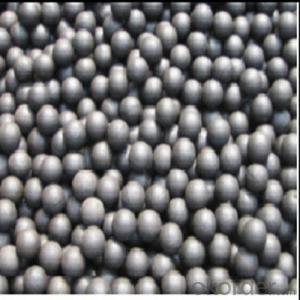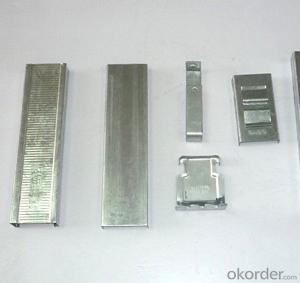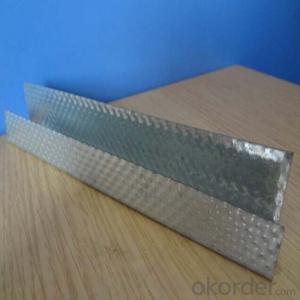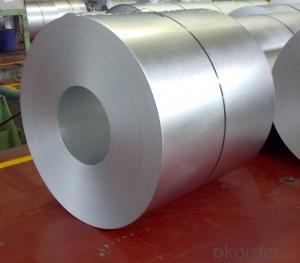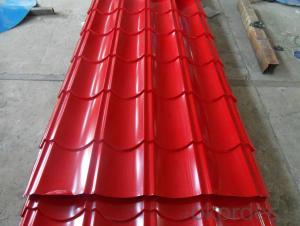Best Solar Inverter In Kerala
Best Solar Inverter In Kerala Related Searches
Best Paint For Stainless Steel Best Inverter For Solar System Solar Panel Inverter For Home Best Inverter For Solar Panels Best Solar Inverter For Rv Bending Machine For Pvc Profiles Micro Inverter For Solar Panel Best Glue For Aluminum Foil Pvc Foil For Mdf Plastic Wall Coverings For BathroomsHot Searches
Type Of Inverter For Solar Price Of Shipping Containers For Sale Types Of Inverter For Solar Used Sandwich Panel For Sale Bags Of Cement For Sale Pvc Chairs For Sale Tilt Panel Props For Sale Types Of Temporary Side Panels For Cement Deck Cost Of Awnings For Decks Type Of Scaffolding With Pdf Price Of Scrap Stainless Steel Price Of Stainless Steel Scrap Price Of Stainless Steel Type Of Stainless Steel Best Solar Inverter In China Types Of Stainless Steel Grades Types Of Stainless Steel China Aluminum Coil Factory pvc pipe manufacturers in usa Sandwich Panel Price In IndiaBest Solar Inverter In Kerala Supplier & Manufacturer from China
Okorder.com is a professional Best Solar Inverter In Kerala supplier & manufacturer, offers integrated one-stop services including real-time quoting and online cargo tracking. We are funded by CNBM Group, a Fortune 500 enterprise and the largest Best Solar Inverter In Kerala firm in China.Hot Products
FAQ
- The common troubleshooting steps for a malfunctioning solar inverter typically include checking the connections and cables for any loose or damaged parts, inspecting the inverter display for error messages or warning lights, resetting the inverter by turning it off and on, and ensuring that the solar panels are receiving sufficient sunlight. If these steps do not resolve the issue, it may be necessary to consult a professional technician or the manufacturer for further assistance.
- A solar inverter handles power surges or fluctuations by using advanced circuitry and protective measures. It typically includes surge protection devices that can absorb excessive voltage spikes, diverting them away from the system. Additionally, the inverter continuously monitors the grid voltage and adjusts its own output accordingly to maintain a stable and safe supply of electricity.
- A solar inverter handles high temperatures by incorporating various cooling mechanisms such as heat sinks, fans, and thermal management systems. These components help dissipate heat generated during the inverter's operation, preventing overheating and ensuring optimal performance even in hot climates.
- Yes, it is possible to upgrade your existing solar inverter without replacing the entire system. In some cases, you may be able to replace the inverter with a more advanced model that offers improved efficiency or additional features. However, it is important to consult with a professional to ensure compatibility and proper installation.
- A solar inverter handles voltage flicker in the grid by continuously monitoring the grid voltage and adjusting its output accordingly. It uses various control algorithms to regulate the power output and stabilize the voltage, hence minimizing the impact of voltage flicker on the grid.
- The role of a solar inverter in optimizing energy production is to convert the direct current (DC) electricity generated by the solar panels into alternating current (AC) electricity that can be used to power homes and businesses. It also helps in managing and controlling the flow of electricity from the solar panels to the grid or batteries, ensuring maximum efficiency and utilization of the generated energy. Additionally, solar inverters monitor the performance of the solar system, providing vital data and feedback to optimize energy production and identify any issues or maintenance requirements.
- The role of a power backup system in a solar inverter is to provide a reliable source of energy during periods of low or no sunlight. This backup system, usually in the form of batteries, stores excess energy generated by the solar panels and allows it to be used when the solar energy production is insufficient or unavailable. It ensures a continuous and uninterrupted power supply, even during grid outages or at night, making the solar inverter system more reliable and versatile.





